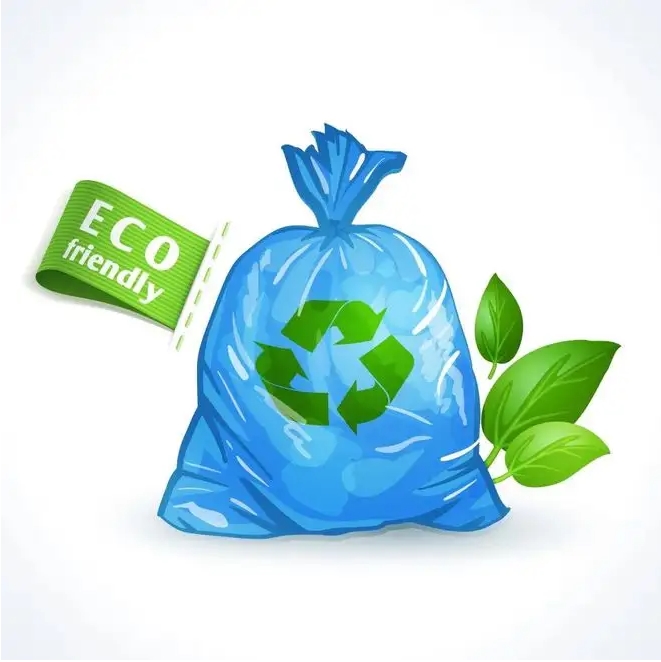With the development of economy and the improvement of people’s living standards, the demand for plastic products is increasing day by day, and the “white pollution” brought by plastic is becoming more and more serious. Therefore, research and development of new degradable plastics become an important way to treat environmental problems. Polymer plastics can degrade under many conditions, and thermal degradation occurs under the action of heat. Mechanical degradation occurs under the action of mechanical force, oxidative degradation under the action of oxygen, and biochemical degradation under the action of chemical agents. Degradable plastics refer to plastics that are easily degraded in the natural environment by adding a certain amount of additives (such as starch, modified starch or other cellulose, photosensitizers, biodegraders, etc.) in the production process.
According to their degradation mechanism, biodegradable plastics can be divided into photodegradable plastics, biodegradable plastics, photobiodegradable plastics and chemically degradable plastics.
When the molecular chains of photodegradable plastics are destroyed by photochemical methods, the plastic loses its physical strength and embrittlements, then passes through nature
The corrosion of the boundary becomes a powder, which enters the soil and re-enters the biological cycle under the action of microorganisms.
Biodegradable plastics can be divided into completely biodegradable plastics and biodegradable plastics according to their degradation mechanism and destruction mode. At present, starch plastics and polyester plastics are the most studied and applied.
Starch plastic is particularly attractive because of its simple processing equipment and low price. Synthetic macromolecule biodegradable plastics refer to biodegradable plastics synthesized by chemical methods. It can be synthesized by studying the structure similar to that of natural polymer biodegradable plastics or the plastics with sensitive degradation functional groups.
Biodestructive degradable plastics, also known as collapseable plastics, are a composite system of biodegradable polymers and general plastics, such as starch and polyolefin. They are combined together in a certain form, and the degradation in the natural environment is not complete, and may cause secondary pollution. In biodegradable polymers, the addition of photosensitizers can make the polymers both photodegradable and biodegradable.
Photobiodegradable polymer materials under certain conditions can make the degradation rate be effectively controlled, such as starch added photodegradable polymer material PE after degradation, make PE porous, specific surface area greatly increased, with oxygen, light, water contact probability greatly increased, PE degradation rate greatly increased.
Compared with photodegradable plastics, biodegradable plastics have become a hot topic in the development of biodegradable plastics. Because biodegradable plastics are not too harsh on the environment, and it is easier to completely degrade small molecules under the right conditions. It has the advantages of small quality, easy processing, high strength and low price. Biodegradable plastics have a wide range of applications. In the United States mainly used in the production of decomposing garbage bags, shopping bags; In Western Europe, biodegradable plastics are used in shampoo bottles, garbage bags and single-use shopping bags. Biodegradable plastics are mainly applied in the following areas:
(1) Packing materials
(2) Agricultural mulch
(3) Daily necessities
(4) Disposable medical materials
(5) Artificial bone, artificial skin, surgical bone nail, surgical suture
(6) Textile fibers
(7) Managing yellow sand and urban planning.
When biodegradable plastics are used in bioengineering and medical degradable polymer materials, their characteristics of biodegradation can not be compared with that of root photodegradable plastics. The degraded low molecular substances can directly enter the metabolism of organisms, and have a wide range of application prospects in tissue culture, controlled release drugs, and internal implant materials.
Post time: Nov-10-2022





